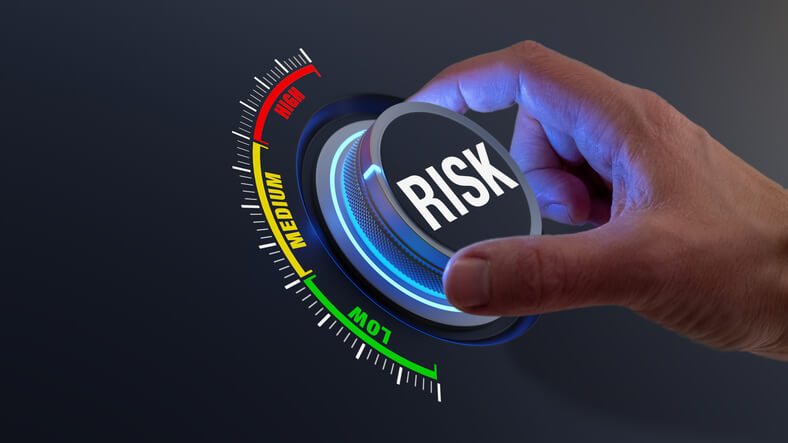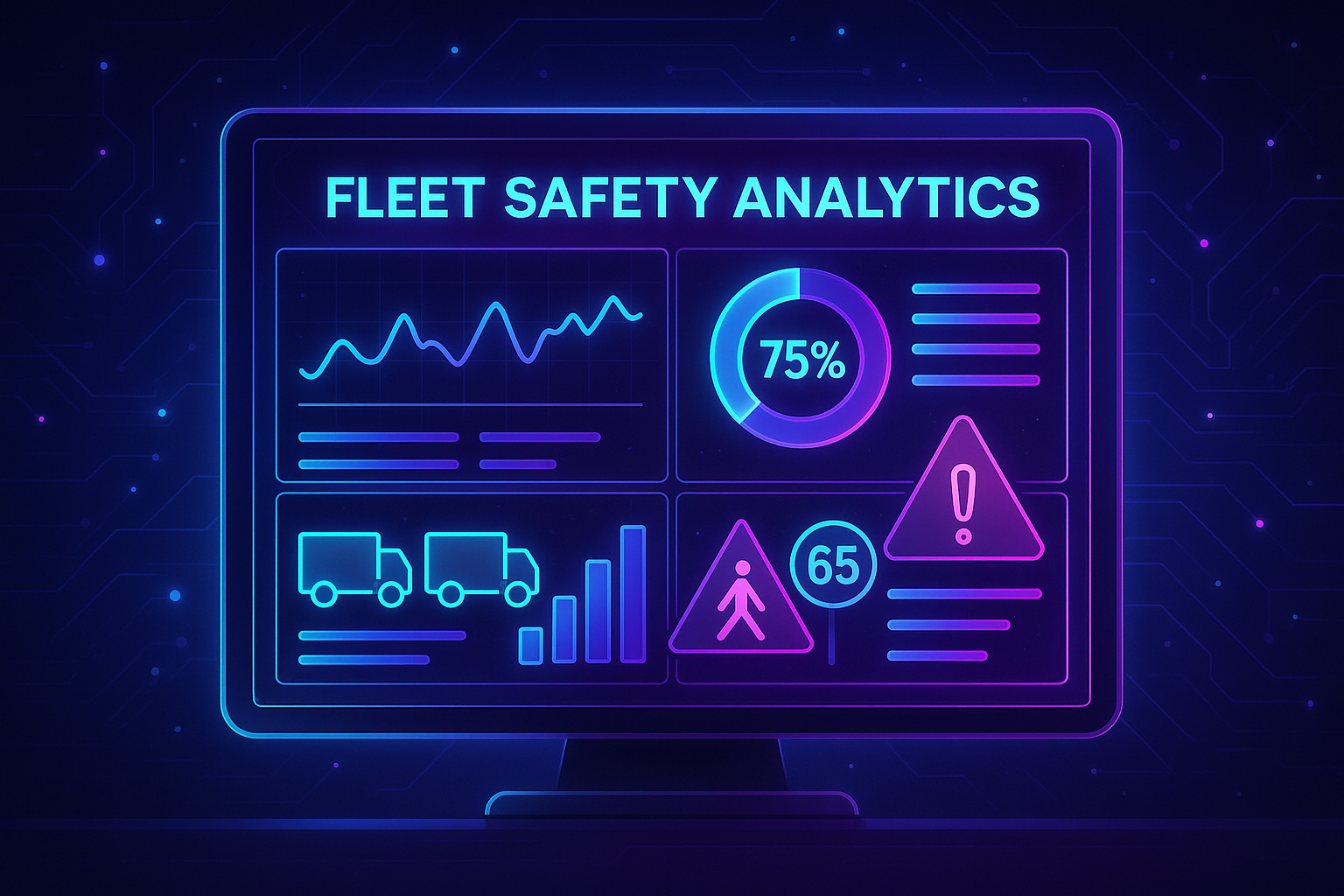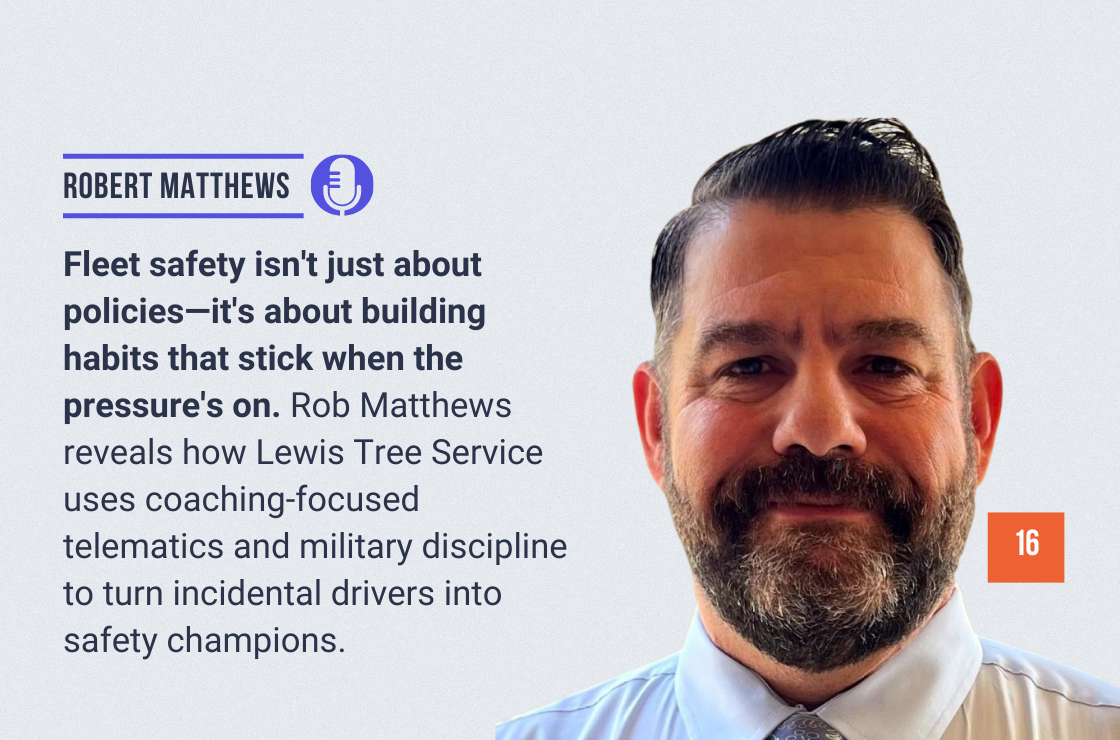
In today’s dynamic business environment, many organizations rely on their employees to drive for business purposes. This reliance raises an important question:
Are employers liable for accidents or incidents that occur while employees are driving on company business?
Understanding the intricacies of employer liability is crucial for safeguarding your organization against potential legal and financial repercussions.
Understanding Employer Liability
Employer liability** refers to the legal responsibility that a company holds for the actions of its employees while they are performing job-related duties. When it comes to driving, this liability can extend to incidents and accidents that occur during business travel. The legal framework surrounding this issue can be complex, involving various factors that determine the extent of liability.
Vicarious Liability and the Scope of Employment
A key concept in employer liability is **vicarious liability**, which holds employers accountable for the actions of their employees if those actions occur within the “scope of employment.” This means that if an employee is driving as part of their job duties, the employer could be held liable for any accidents or damages that occur.
Defining the Scope of Employment
The “scope of employment” encompasses activities that employees undertake while performing their job functions. This can include:
- Driving to client meetings
- Delivering goods or services
- Running work-related errands
- Traveling between job sites
If an accident occurs during these activities, the employer may be held responsible, even if the employee was partially at fault.
Factors Influencing Employer Liability
Several factors can influence whether an employer is held liable for an employee’s driving incident. These include:
Nature of the Employee’s Duties
The primary determinant of liability is whether the employee was performing job-related duties at the time of the incident. If the driving was within the scope of employment, the employer is more likely to be held liable.
Employee Status
The status of the driver can also affect liability. Employers are generally more likely to be held liable for the actions of full-time employees compared to independent contractors or temporary workers. However, there are exceptions, and each case is evaluated based on its specific circumstances.
Company Policies and Training
Having comprehensive driving policies and providing regular training can help mitigate liability. Employers who implement strict guidelines and ensure their employees are well-trained in safe driving practices may reduce their exposure to liability.
Vehicle Ownership
Liability can also depend on whether the vehicle is owned by the company or the employee. Employers typically have greater control over company-owned vehicles, making them more likely to be held liable for incidents involving these vehicles.
Reducing Employer Liability: Best Practices
To protect your organization from potential liability, consider implementing the following best practices:
Establish Clear Driving Policies
Developing and enforcing clear driving policies is essential. These policies should outline expectations for safe driving, prohibit the use of mobile devices while driving, and mandate regular vehicle maintenance.
Provide Comprehensive Training
Regular training sessions on safe driving practices can significantly reduce the risk of accidents. Ensure that your employees are well-versed in defensive driving techniques and understand the importance of adhering to traffic laws.
Conduct Regular Vehicle Inspections
If your organization provides vehicles for employees, schedule regular inspections to ensure they are in good working condition. Proper maintenance can prevent accidents caused by vehicle malfunctions.
Monitor Driving Behavior
Utilize technology such as GPS tracking and telematics to monitor driving behavior. This can help identify risky driving habits and provide opportunities for corrective action.
Review Insurance Coverage
Ensure that your organization’s insurance policy covers all potential liabilities related to employee driving. Consider additional coverage if necessary to protect against unforeseen incidents.
Case Study 1: Delivery Driver Accident
In one notable case, a delivery driver employed by a logistics company caused a severe accident while rushing to meet a tight delivery deadline. The court found the employer liable because the driver was performing job-related duties and was under significant pressure to complete deliveries quickly. This case underscores the importance of reasonable work expectations and adherence to safety protocols.
Case Study 2: Sales Representative Collision
A sales representative for a pharmaceutical company was involved in a collision while traveling to a client meeting. Despite the representative’s claim that they were running a personal errand at the time, the employer was held liable because the trip was primarily for business purposes. This case highlights the challenges in distinguishing between personal and work-related travel.
Legal Considerations and Employer Liability
Understanding Negligence Claims
Employers may face negligence claims if they fail to exercise reasonable care in preventing accidents. This includes ensuring that employees are properly trained, vehicles are well-maintained, and driving policies are enforced.
Duty of Care
Employers have a duty of care to their employees and the public. This duty extends to ensuring that employees are not placed in situations where they are likely to cause harm to others while performing job-related duties.
Proactive Measures
Taking proactive measures to address potential risks can demonstrate an employer’s commitment to safety. This can include conducting risk assessments, providing ongoing training, and fostering a culture of safety within the organization.
Conclusion: Safeguarding Your Organization
Understanding and mitigating employer liability for employee driving incidents is crucial for protecting your organization. By implementing comprehensive policies, providing regular training, and taking proactive measures, you can reduce the risk of accidents and safeguard your company against potential legal and financial repercussions.








